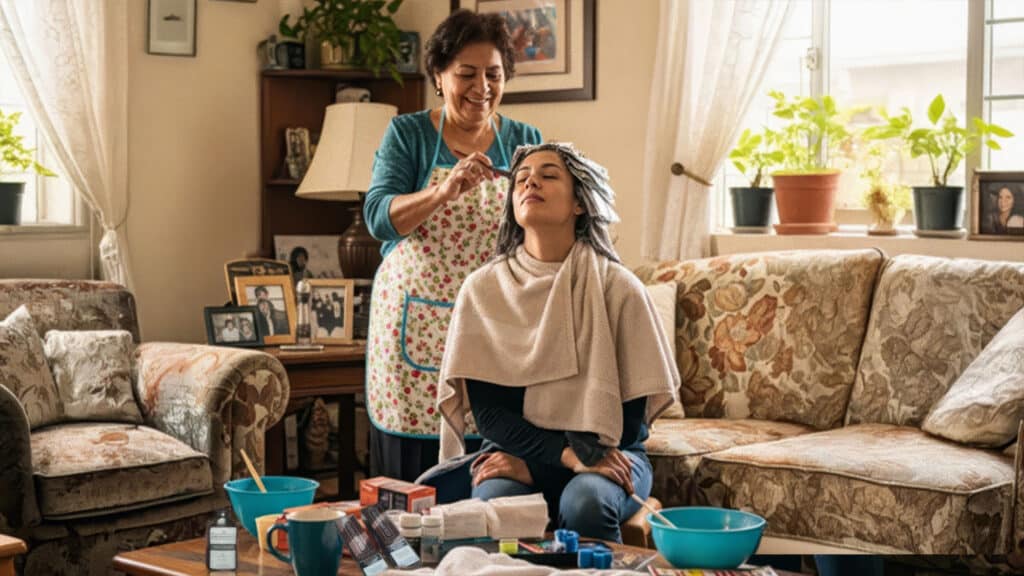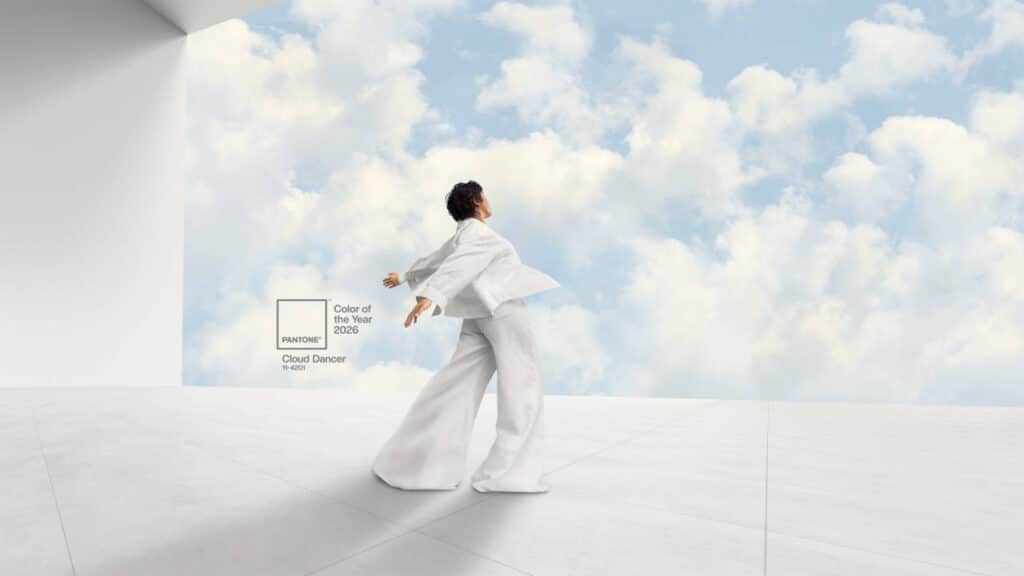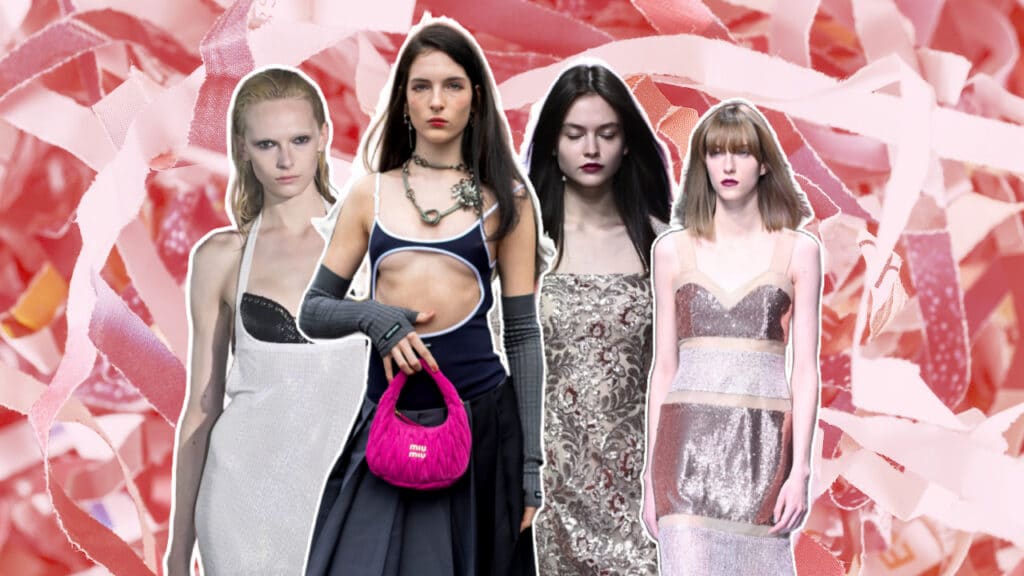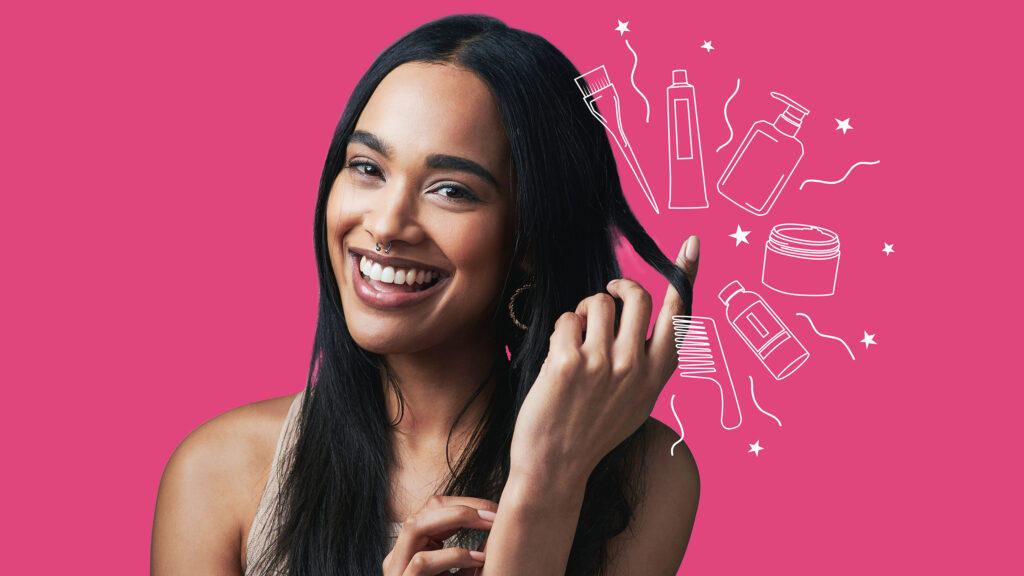Why The Vogue AI Model Scandal Is More Than a Fashion Faux Pas
At first glance, she could be any blonde model gracing the pages of Vogue. But she isn’t real. And that’s exactly the problem.
In the August print edition of Vogue, a two-page Guess advertisement featured an AI-generated model with blonde hair, blue eyes, and perfect symmetry. Her name? Seraphinne Vallora. Or rather, the AI studio behind her. The ad included a small label noting the image was “produced by Seraphinne Vallora on AI,” but that wasn’t enough to stop the backlash.
According to BBC News, this is the first time an AI-generated person has ever appeared in the iconic fashion magazine. And while Vogue insists it was an advertising, not editorial, decision, the reaction was swift. Critics say the ad reinforces unrealistic beauty ideals, sidelines real models, especially plus-size and diverse ones, and could have real mental health consequences for the magazine’s youngest readers.

Why AI Models Like Seraphinne Vallora Are Causing a Fashion Backlash
Felicity Hayward, a plus-size model and industry veteran, told the BBC the move felt “lazy and cheap.” She added, “Either Guess is doing this to create a talking point and get free publicity, or they want to cut costs and don’t think about the implications of that.”
Guess, for their part, tapped Seraphinne Vallora, a Paris-based AI agency, to create the models. Founders Valentina Gonzalez and Andreea Petrescu, both 25, said the campaign was commissioned directly by Guess co-founder Paul Marciano via Instagram. They developed 10 draft models and delivered two: a blonde and a brunette.
Creating an AI model like this, they told the BBC, can take up to a month and cost “low six figures.” But despite the high price tag, their website openly promotes cost-cutting benefits, listing “no need for expensive set-ups, MUA artists, venue rentals, stage setting, photographers, travel expenses, hiring models.”
Hayward warns that AI models could undo years of progress. “These people are just not getting booked anymore,” she said. “The use of AI models is another kick in the teeth, and one that will disproportionately affect plus-size models.”
The Real-World Harm of AI Models on Beauty Standards
According to Forbes, Vogue’s decision has prompted “reader fury and industry panic.” Within hours of the issue hitting newsstands, subscribers canceled their orders. One X user wrote: “As if the beauty expectations weren’t unrealistic enough, here comes AI to make them impossible. Even models can’t compete.”
That fear isn’t unfounded. According to a 2024 Dove campaign, when AI is asked to create “the most beautiful woman in the world,” the result is almost always young, thin, white, and blonde. It’s no coincidence that Guess’s AI model fits the same mold.
Vanessa Longley, CEO of eating disorder charity Beat, told the BBC that unrealistic images like these can negatively impact self-image and increase the risk of developing an eating disorder. “If people are exposed to images of unrealistic bodies, it can affect their thoughts about their own body,” she said.
Unlike traditional Photoshop, which starts with a real human, AI-generated models are entirely synthetic. “Digitally created to look perfect, free from human flaws, inconsistencies or uniqueness,” reported BBC journalist Yasmin Rufo.
Why The AI Agency Says Their Model Is “Realistic Enough”
Despite the criticism, Gonzalez and Petrescu push back on the idea that they’re promoting impossible standards.
“We don’t create unattainable looks,” Petrescu said to the BBC. “Actually, the AI model for Guess looks quite realistic.” She added, “All adverts are created to look perfect and usually have supermodels in, so what we are doing is no different.”
But even they admit their Instagram feed lacks diversity. When they post AI models with different skin tones, engagement drops. “We’ve posted AI images of women with different skin tones, but people do not respond to them,” Gonzalez told the BBC. “We don’t get any traction or likes.”
The company hasn’t yet experimented with plus-size AI models, claiming “the technology is not advanced enough for that.”
Mental Health Experts Warn of the Psychological Toll of AI Models
Research from the Counseling & Wellness Center of Pittsburgh outlines the mental health risks of face filters and AI headshots. These tools, they say, promote “an illusion of perfection” that can trigger comparison culture, fuel body dissatisfaction, and even distort one’s sense of self.
Repeated exposure to filtered or AI-enhanced images, the center reported, leads users to feel their unedited selves are “inadequate.” This, in turn, can create a disconnect from reality, trigger anxiety, and harm self-esteem, particularly among adolescents and those already vulnerable to body image issues.
The organization found that AI-generated images stripped away uniqueness and authenticity in real people. Their experiment concluded that these tools encourage users to conform to a homogenous, unattainable beauty ideal.
The Bigger Issue Isn’t Just AI Models. It’s Who They Represent
A recent Scientific Reports study found that image generators like Stable Diffusion often portray beauty in disturbingly narrow ways. Researchers examined 10,000 images and found that the vast majority showed White individuals, with male images dominating overall. Asian and Latino individuals appeared in only a small fraction of the dataset.
More troubling? The study revealed severe racial homogenization: AI-generated Middle Eastern men all had beards and brown skin. Women from the same background were shown wearing headscarves in nearly every case. According to the researchers, these trends reinforce real-world racial and cultural stereotypes, especially when paired with attributes like “terrorist” or “poor.”
The study also proved that being exposed to biased AI images can shape users’ real-world biases, even if the images are labeled as AI. But there’s hope: being exposed to inclusive AI-generated images reduces bias, regardless of whether users know the content is synthetic.
Will They Replace Real Ones? It Depends Who You Ask
Sinead Bovell, a former model and current tech entrepreneur, warned that using AI without proper labeling is “exceptionally problematic” for mental health. “Beauty standards are already being influenced by AI,” she told the BBC. “There are young girls getting plastic surgery to look like a face in a filter.”
Sara Ziff, founder of Model Alliance, said the Guess campaign is “less about innovation and more about desperation and need to cut costs.” She emphasized that real fashion shoots involve more than just models and photographers. They support a whole creative ecosystem.
Still, some believe there’s a future where AI plays a complementary role. Forbes quoted Matthew Drinkwater from the Fashion Innovation Agency as saying, “Fashion has never been about preserving the status quo. It thrives on disruption.”
Maghan McDowell, a former Vogue Business editor, echoed that sentiment. “Yes, there was an AI disclosure, but I don’t think most people would have seen it,” she said. “Our brains aren’t trained to accept that. But this is a conversation worth having.”
Can the Fashion Industry Use AI Models Without Harming Representation?
According to Number Analytics, the fashion industry has a choice. Brands can develop inclusive AI datasets, collaborate with real artists and models, and use AI as a tool, not a shortcut. When done right, AI can even reduce fashion’s carbon footprint by cutting down on travel and textile waste from photoshoots.
But without transparency, regulation, and real effort to diversify AI’s outputs, fashion runs the risk of automating itself into irrelevance.
As Win Some Marketing put it: “We’re watching fashion’s midlife crisis play out in real time. Instead of addressing core problems — creative stagnation, sustainability challenges, labor issues — brands are pursuing shiny distractions that solve nothing.”
Vogue’s ad may have been a small corner of a glossy page. But it cracked open a much bigger question: In the age of AI, what does it mean to see yourself represented?




